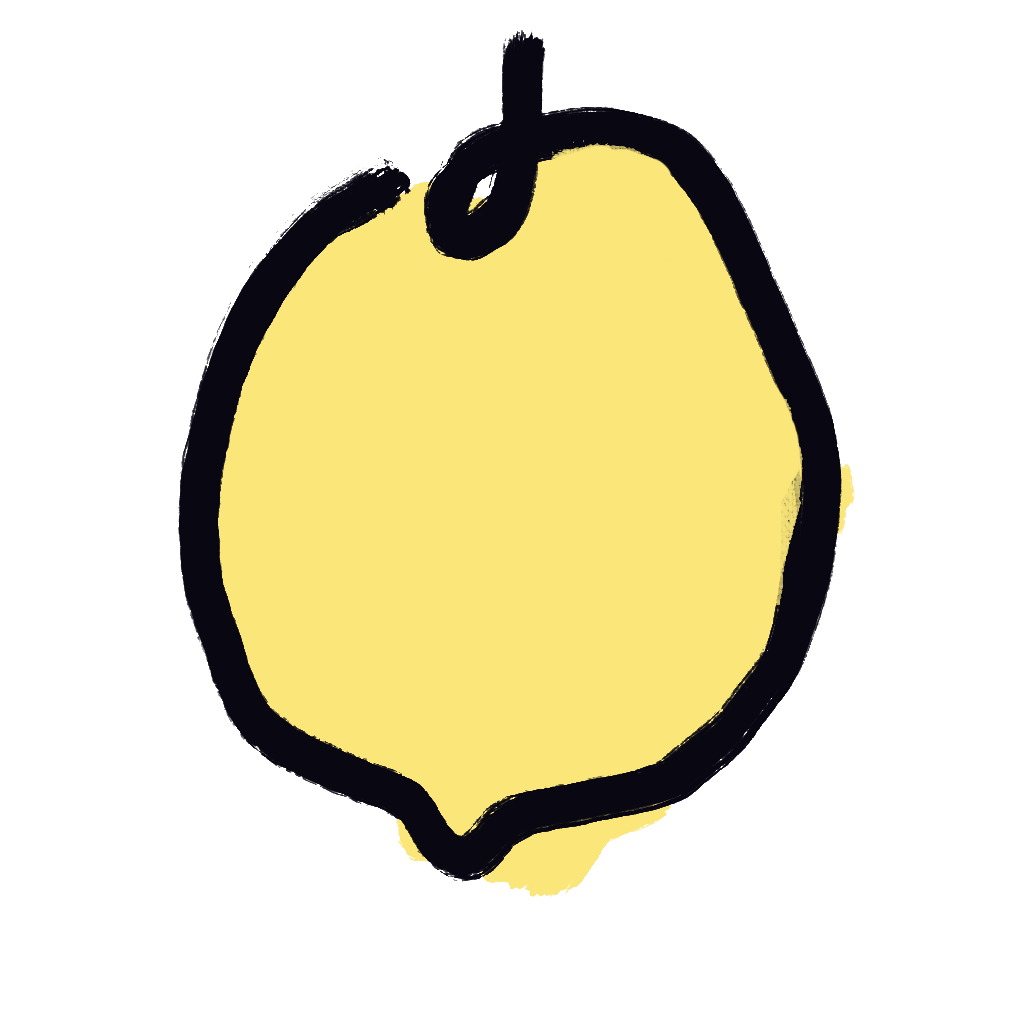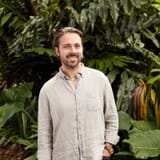Bundanon Art Museum: A Living Canvas
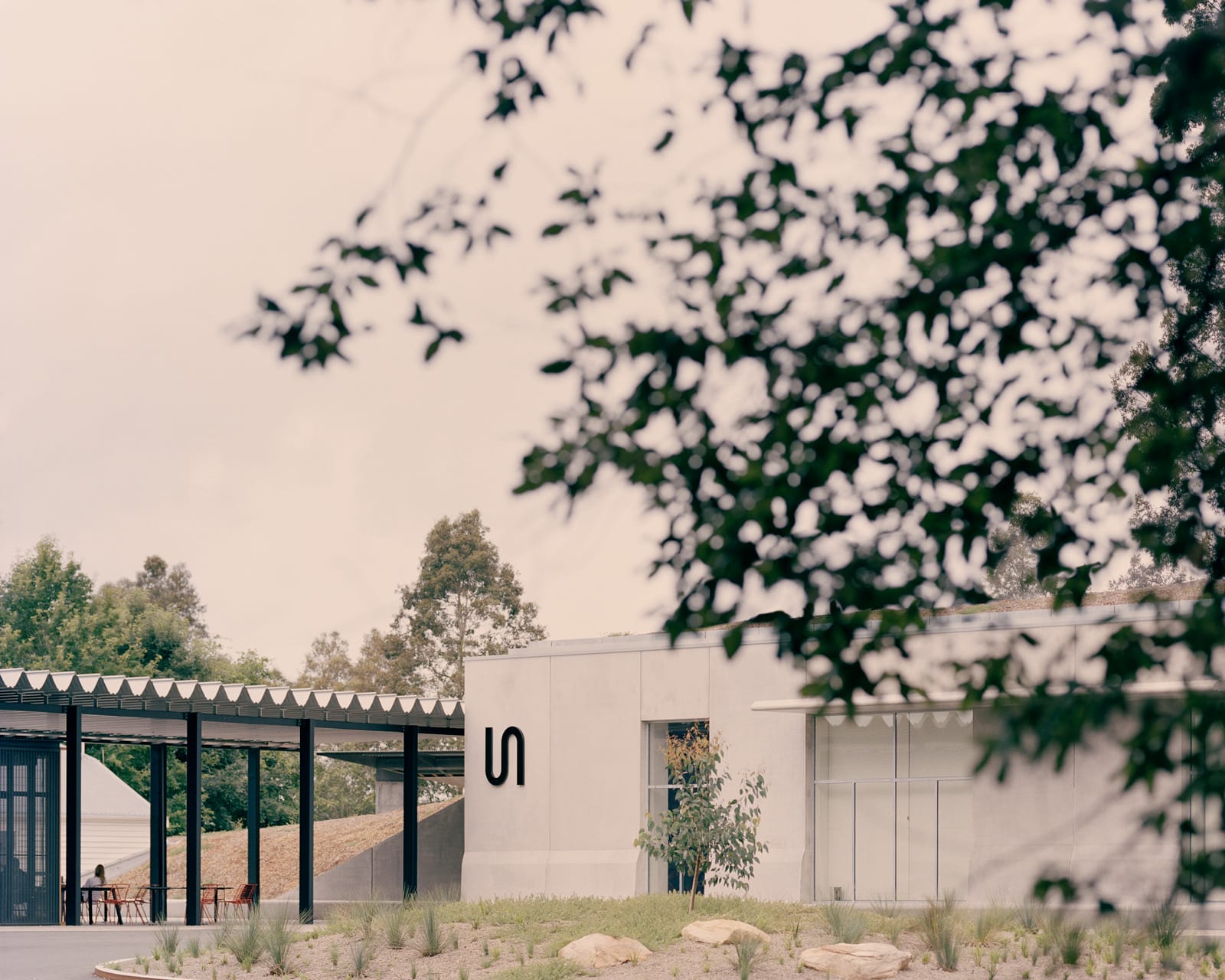
Bundanon Art Museum — not to be confused with the nearby town of Bundanoon — is one of Australia's great art experiences.
The museum is secluded and built into the hillside, only reachable by a two and a half hour drive from Sydney through the picturesque Kangaroo Valley. On arrival you are greeted by an abunance of nature: from the wombat poos just off the winding footpaths leading over the stream from the car park to the gallery, to the way the gallery space is seemingly built into the hill in a bunker like fashion. Once in the gallery space; it's four-storey ceilings, multiple spacious rooms, and abundance of natural light set the tone for a world-class art experience.
It feels more like the art experiences in Japan's Naoshima Island than neighbouring regional gallery Ngunungula or major Sydney attractions Art Gallery NSW or Museum of Contemporary Art (MCA). The Bundanon experience offers something more authentic than your typical art museum.
The art is abundant, diverse, and feels inseparable from the land itself. The land - the size of five Disneylands - was given to the public by the Arthur Boyd Foundation as, “A place for the community to enjoy the bush and the river, and a place to be used as a forum where those from every facet of the arts and sciences could get together”. How fitting that it now hosts art spaces, a five-star hotel, a homemade cafe treats, and a landscape that acts as a living fourth wall to the art experience.
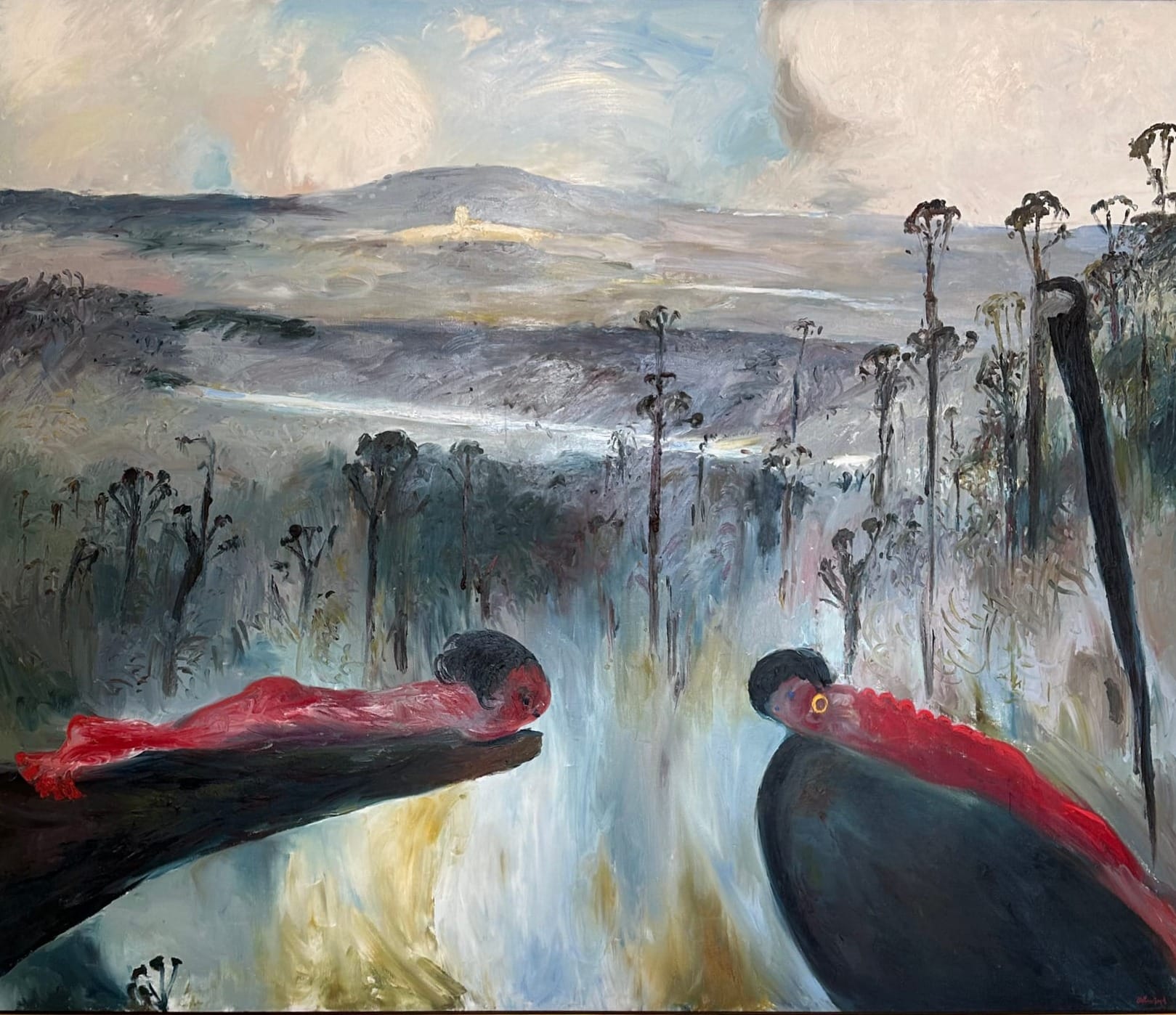
At the heart of it all, is the imagination of Arthur Boyd, a prominent, but not famous enough, figure in Australian art. After witnessing his work, it became immediately clear why he deserves a gesture of this scale. Variety. Dedication. Quantity. From fluid ink drawings, vast landscapes, mythical interpretations, and household ceramic bowls and plates.
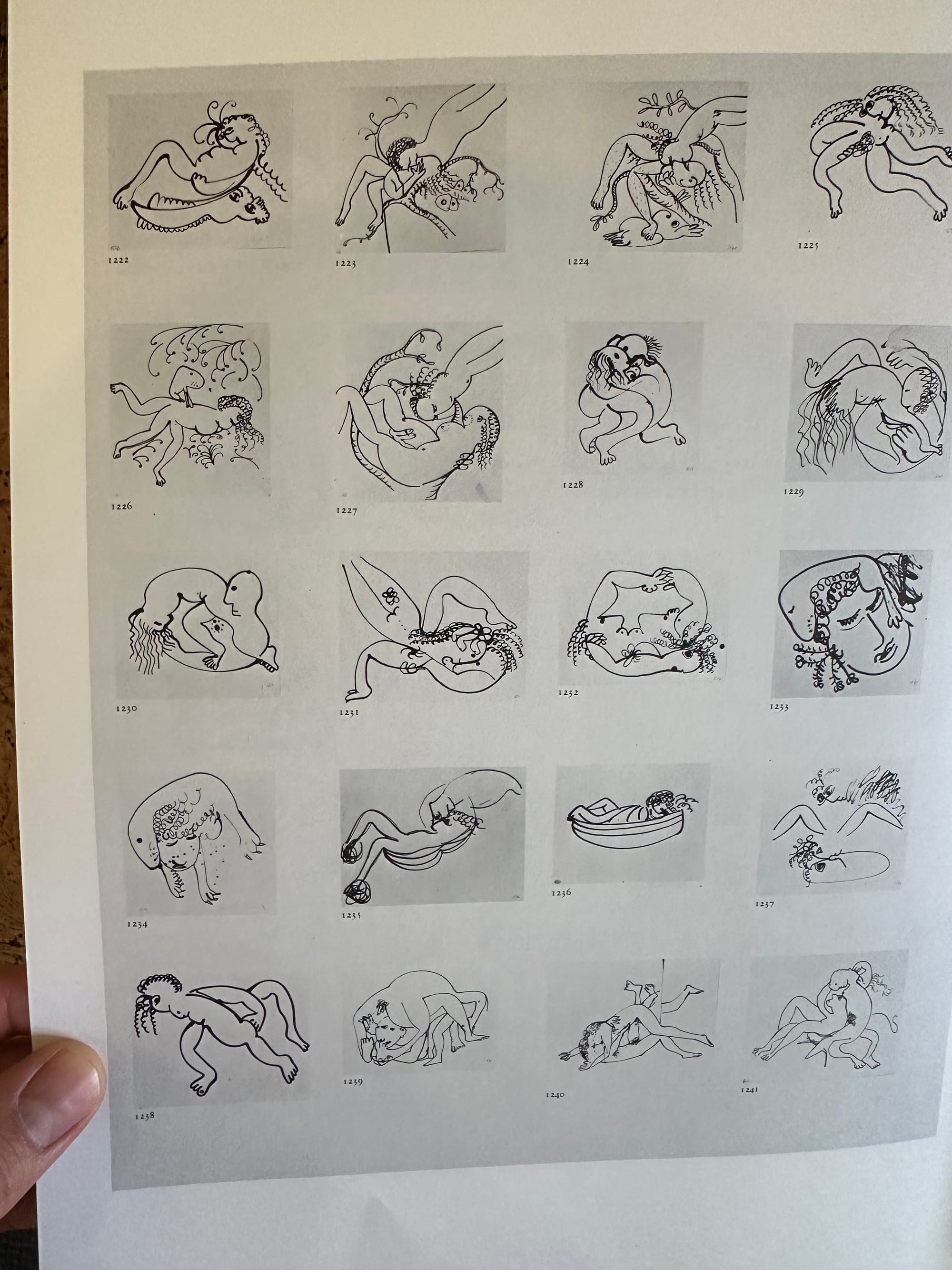
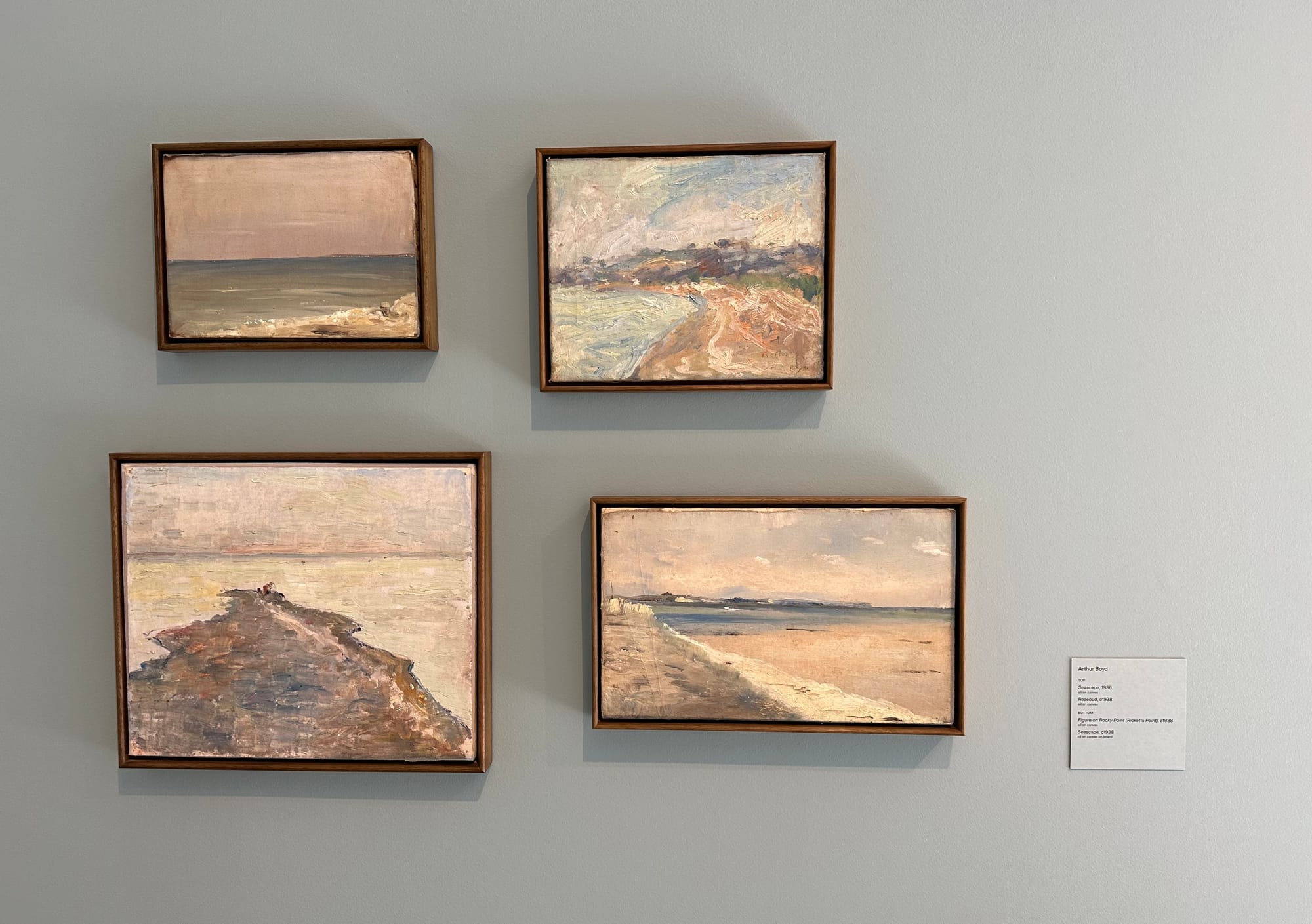
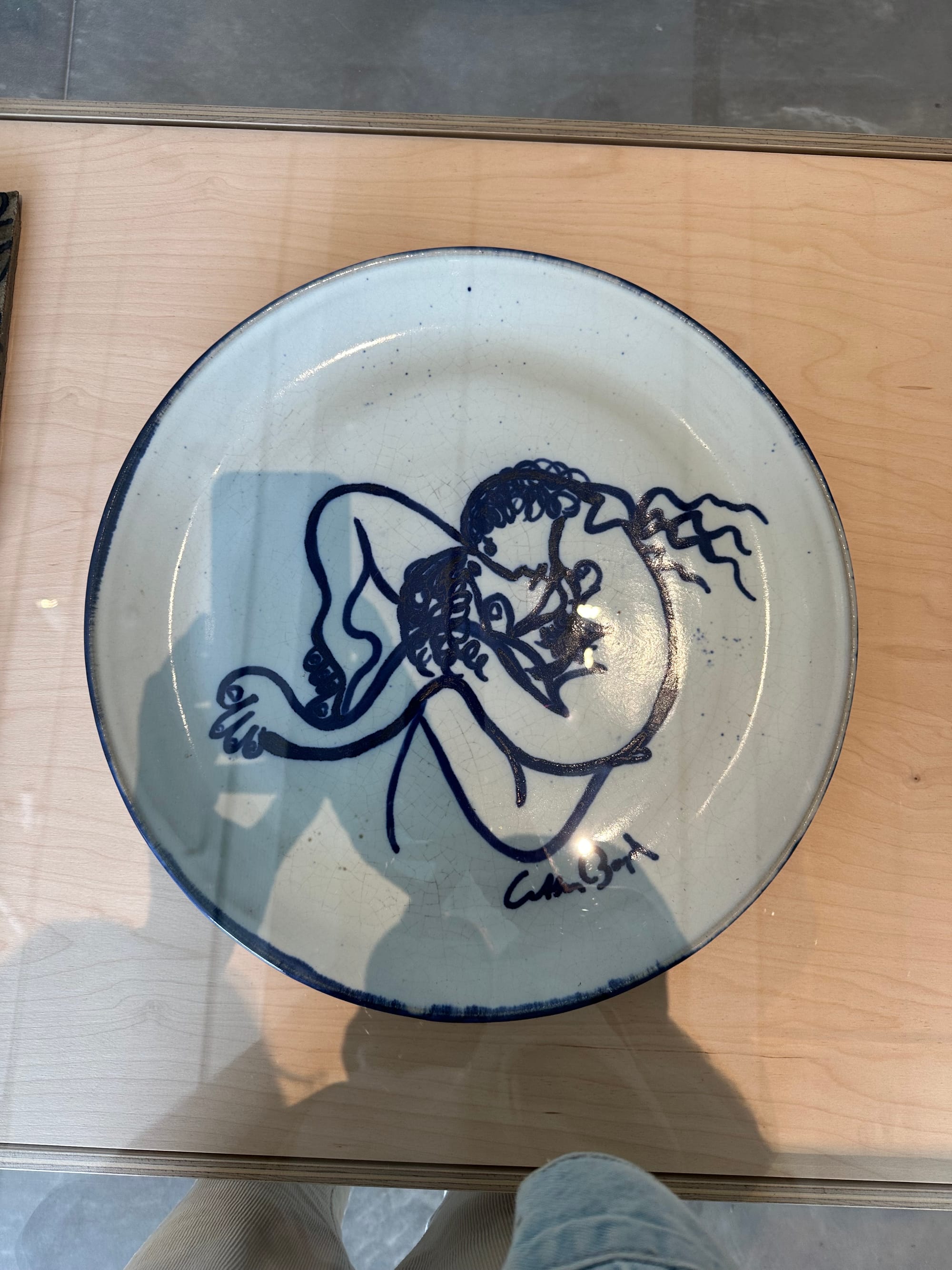
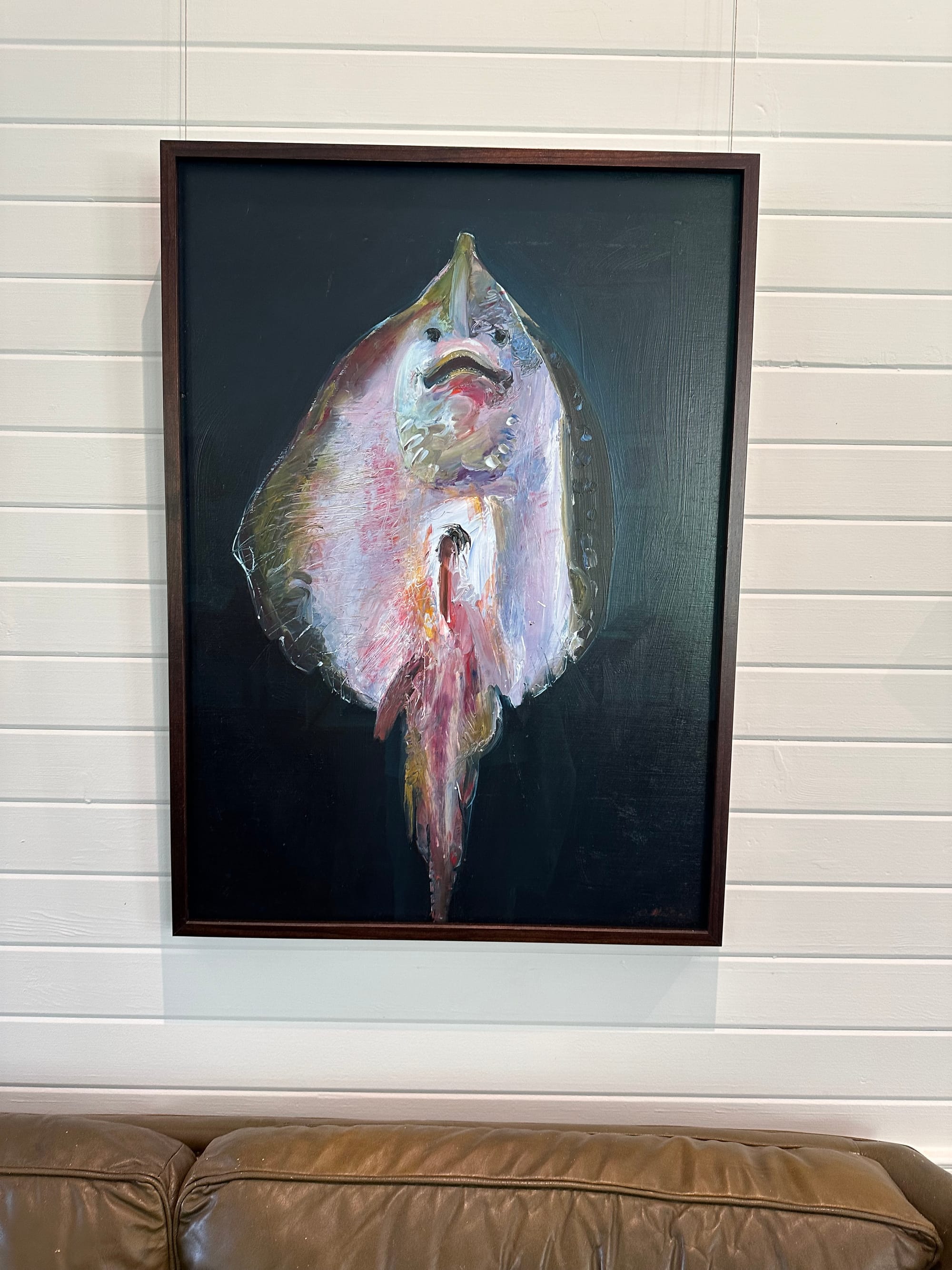
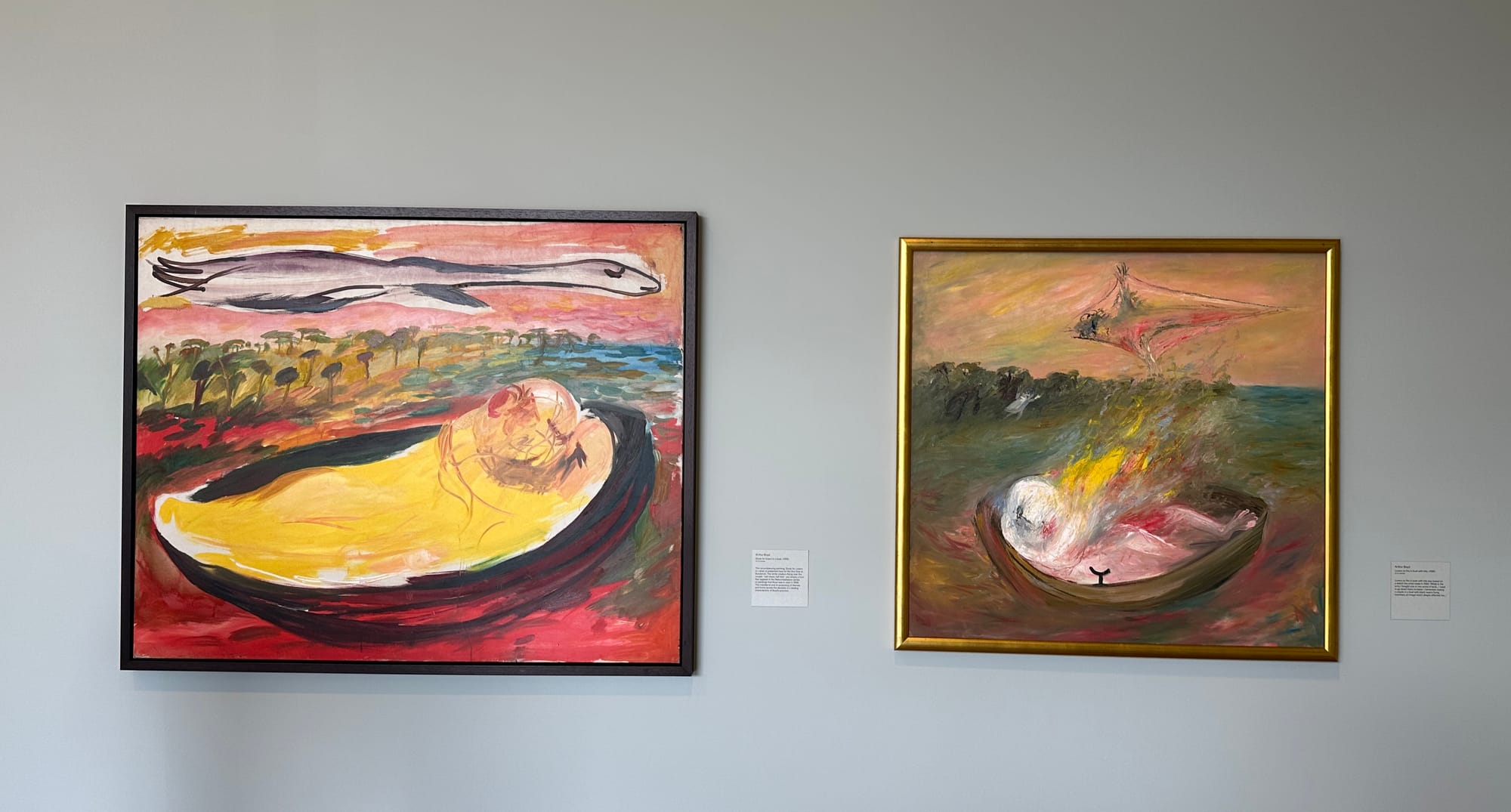
The Boyd Room in the main gallery space acts as a mini-autobiography told in paint. The journey starts with coastal landscapes completed in his childood and flows into biblical scenes that he explored in his later years. You see flashes of Chagall’s dreaminess, Matisse’s exploration, Nolan’s raw and natural inspirations — but Boyd’s voice is distinctly his own.
Above all, there’s reverence: for his artist father, for the rugged Australian bush, for the waters and ferns and ridge lines he lived amongst. A short film playing in his library (also on the property) shows Boyd painting plein air (a french term meaning painting outdoors) with his hands on vast canvases, merging with the landscape physically and spiritually. He was embodying the landscape, placing that visceral connection right onto the canvas.
The museum’s current exhibitions build beautifully on that spirit of dialogue between art, land, and imagination. There’s a video work of costumed horses moving in surreal choreography; a terrarium wired to an audio system that translates the frequencies of mushrooms into sound; and one particularly moving installation: a towering grid of thousands of visitor-made drawings of trees.
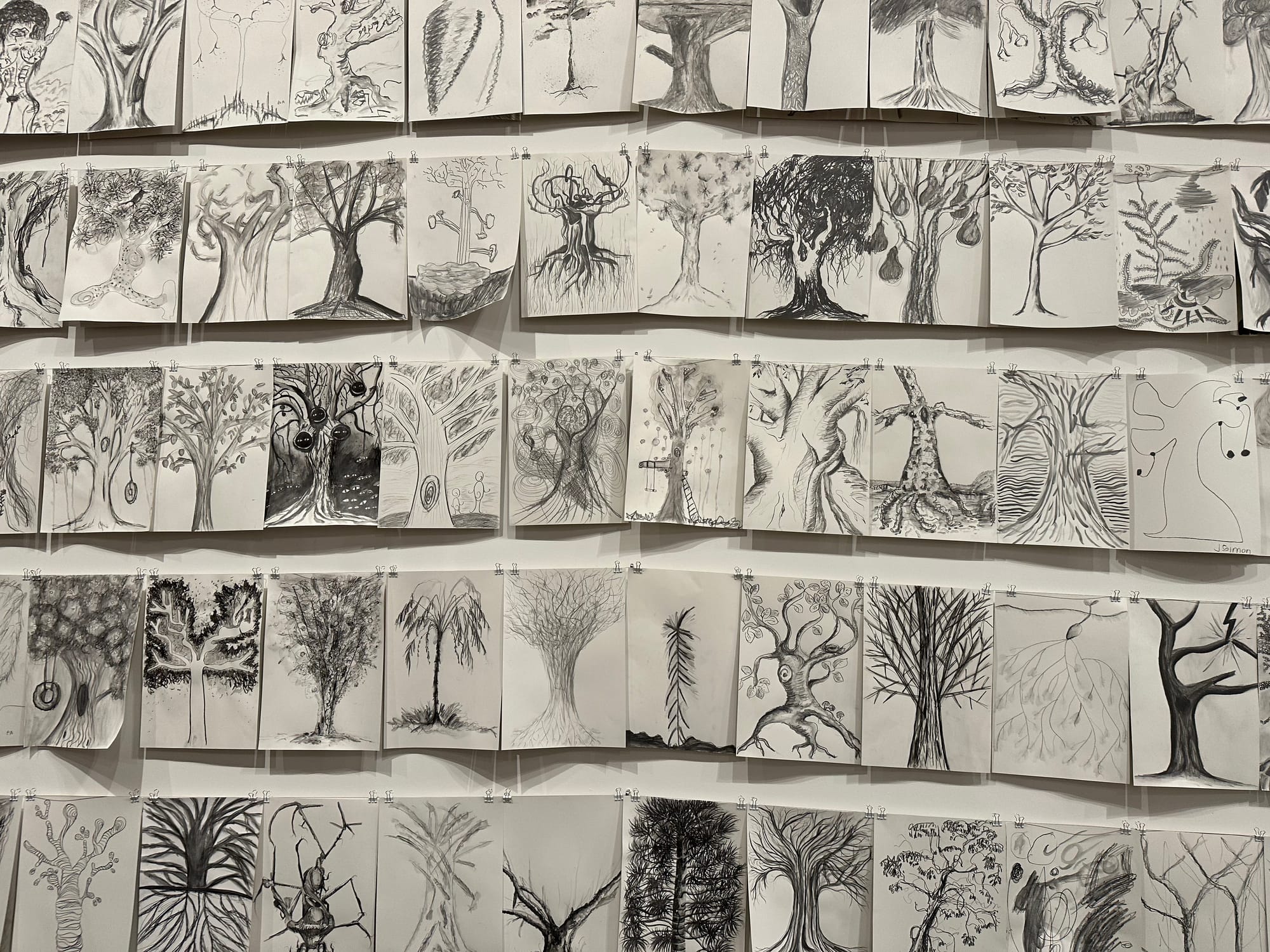
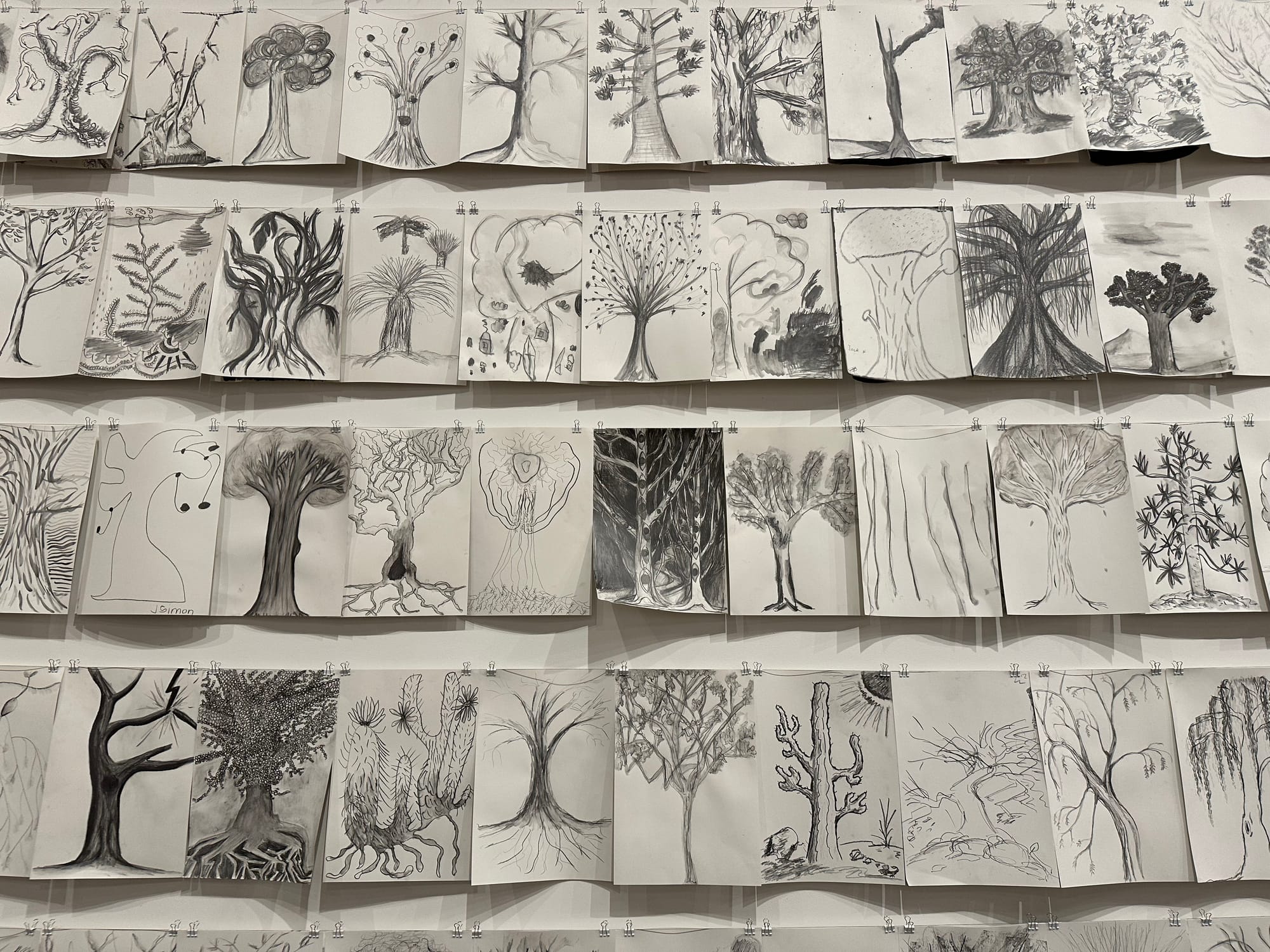
Standing in front of the grid — hundreds of A3 pages, stacked five metres high — I was in awe and immediately inspired. I saw not just different trees but different people. Some were loose and playful; others intricate as if done by a professional artists.
The only prompt had been "Draw a tree." The result was a dazzling collective imagination: one question, endless answers, no wrong way to respond. It was as close to pure collective expression as I’ve ever seen. It works in the way I want art to work. There’s humour, there’s reflection, there’s story, and there’s unrestricted interpretation.
Do not visit to Bundanon to just see paintings. Go to connect. Start this intention when you get in the car and make the drive down the scenic roads of Kangaroo Valley. This is an experience about relationship — between artist and country, viewer and imagination, body and land. It’s a place where art breathes.
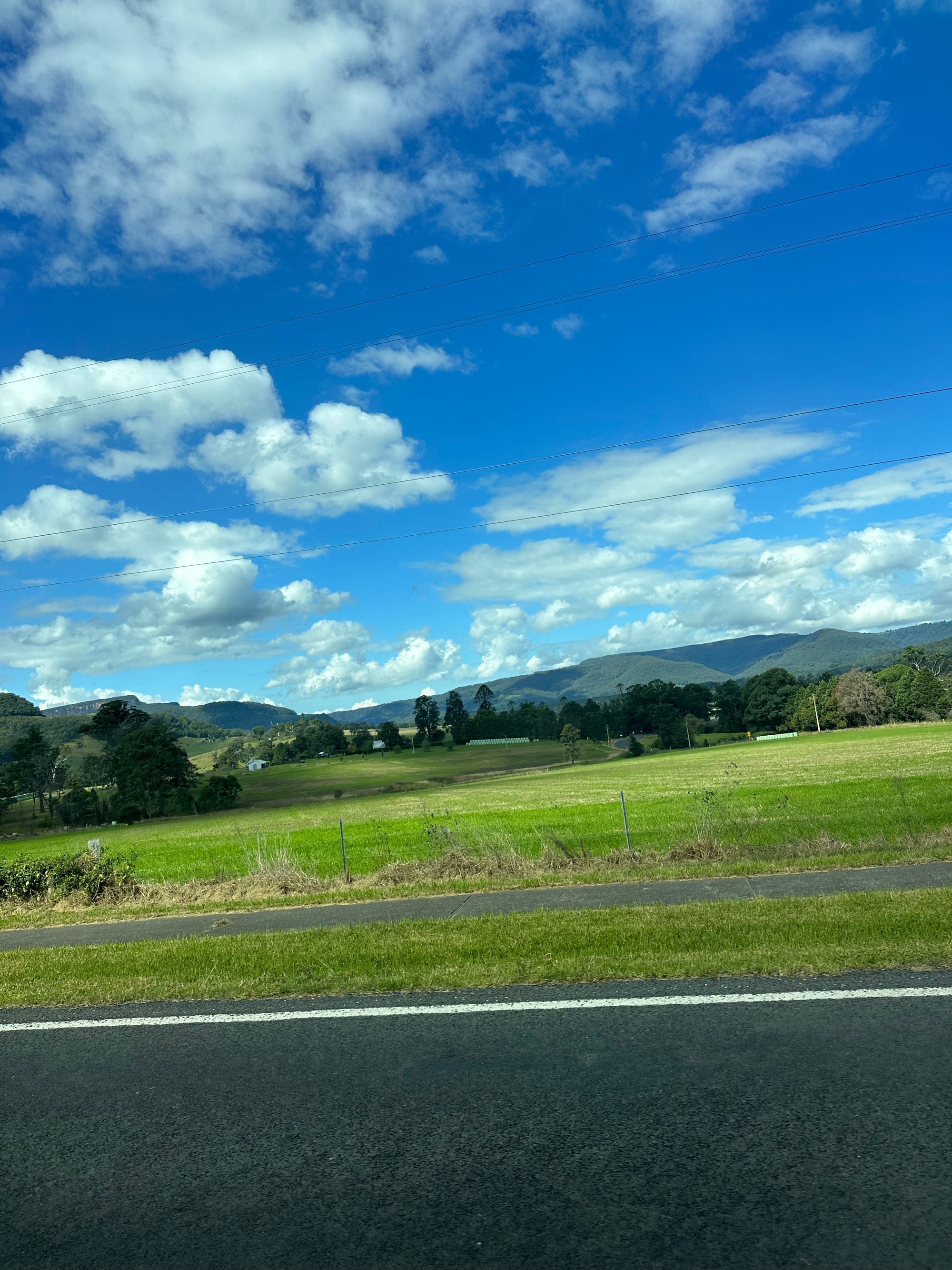
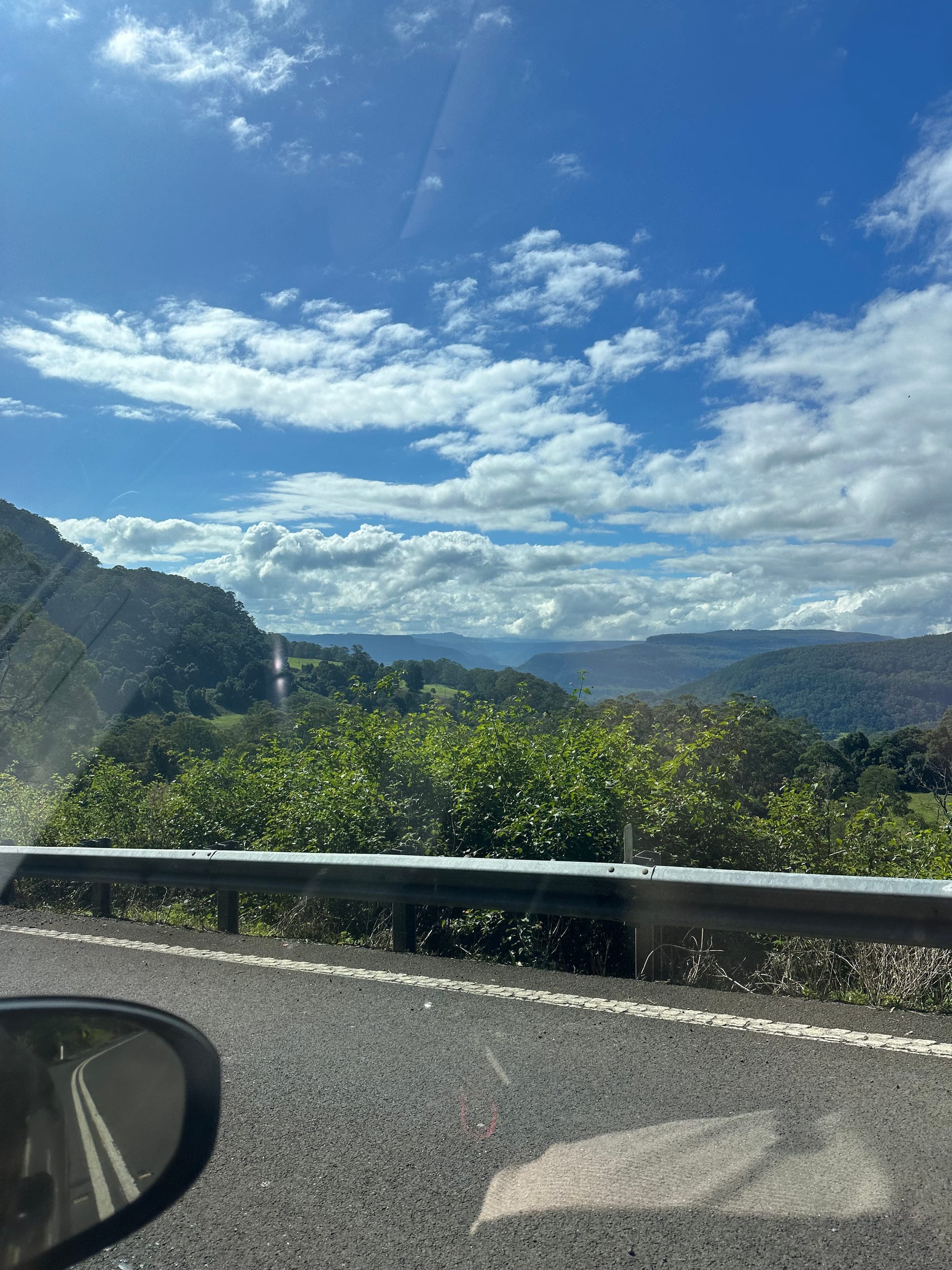
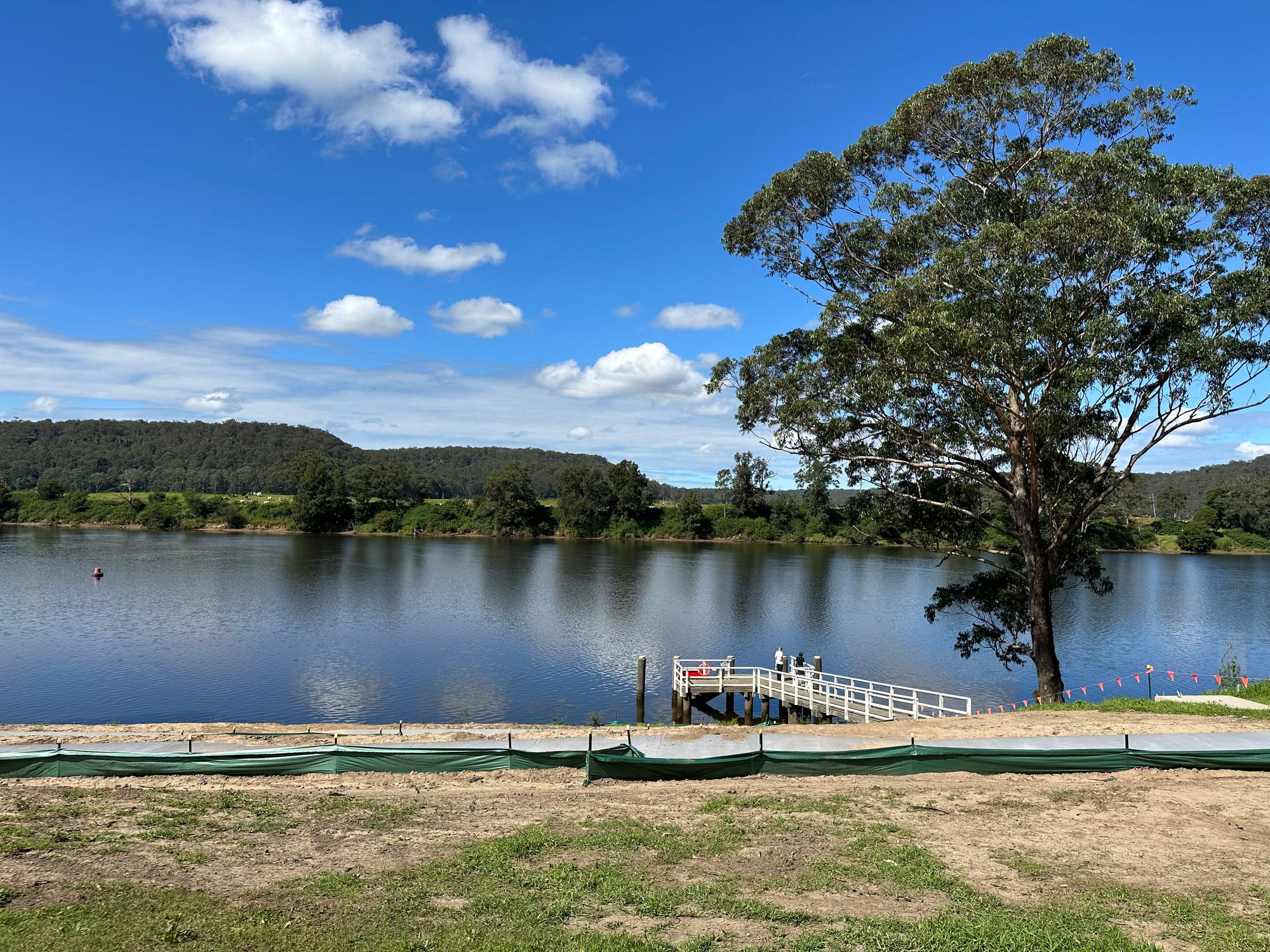
Shots while driving
